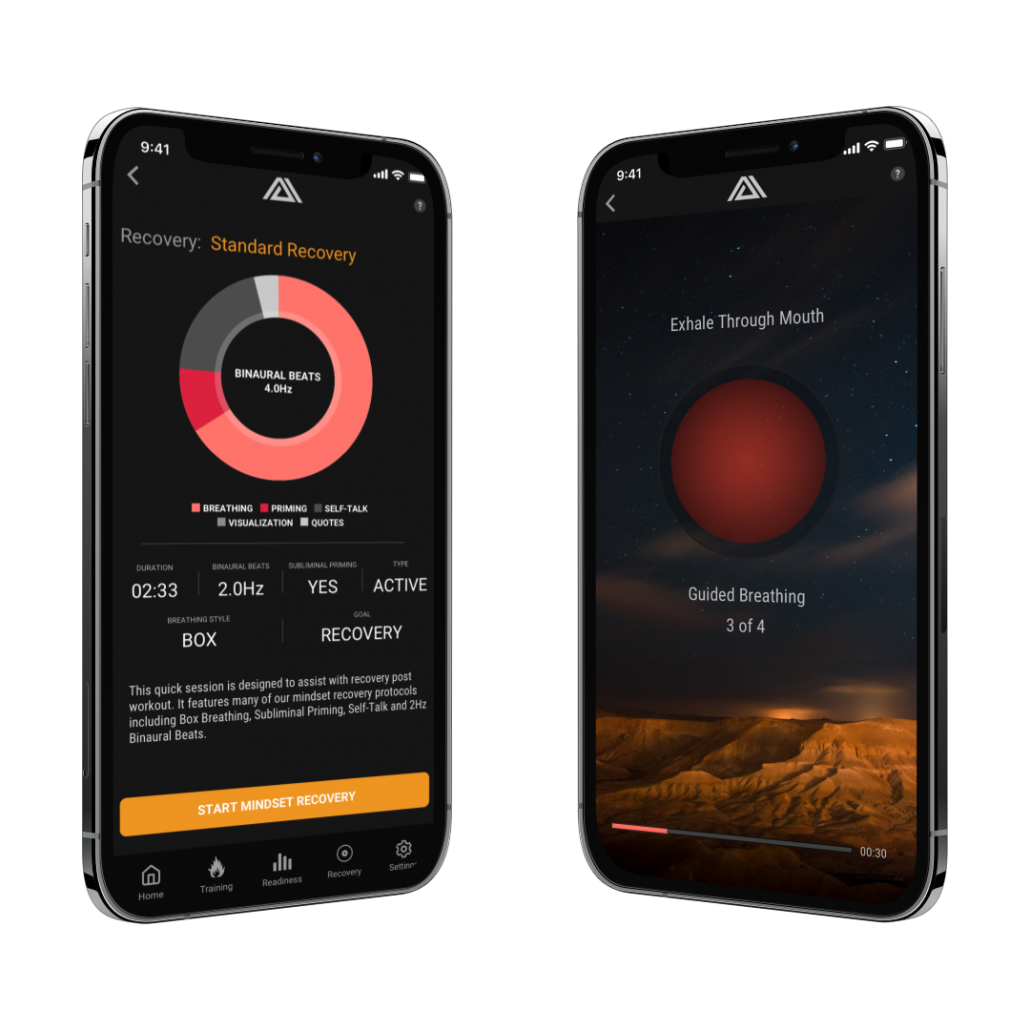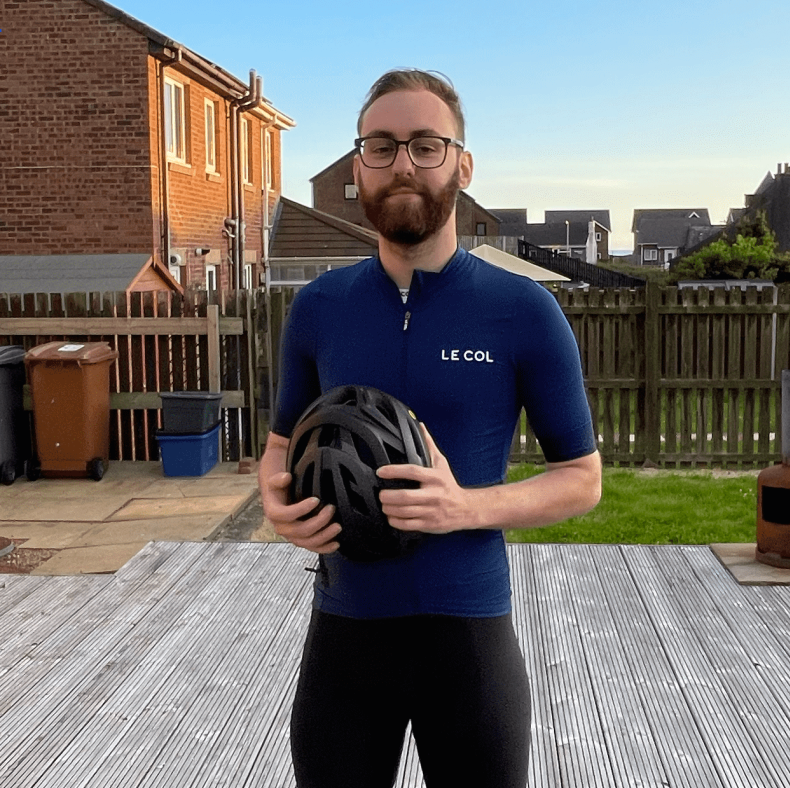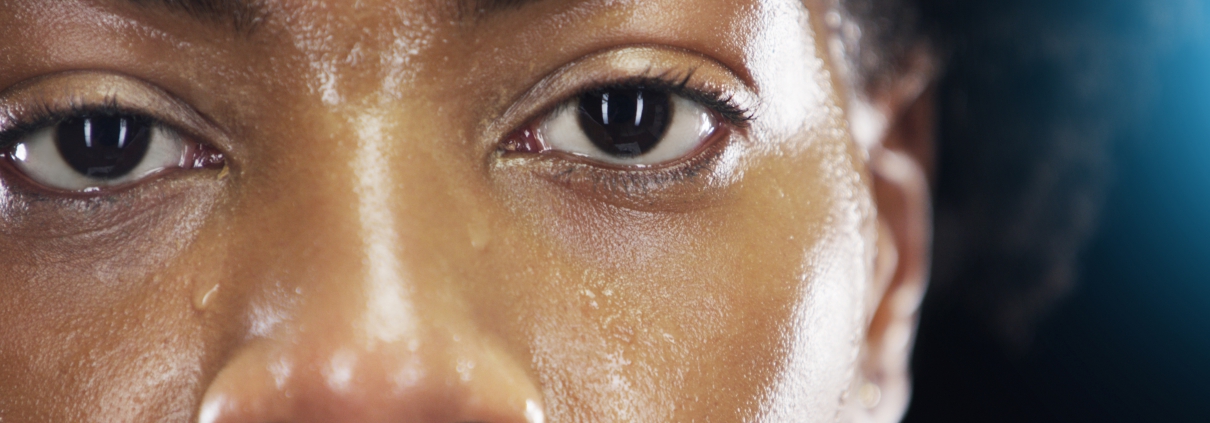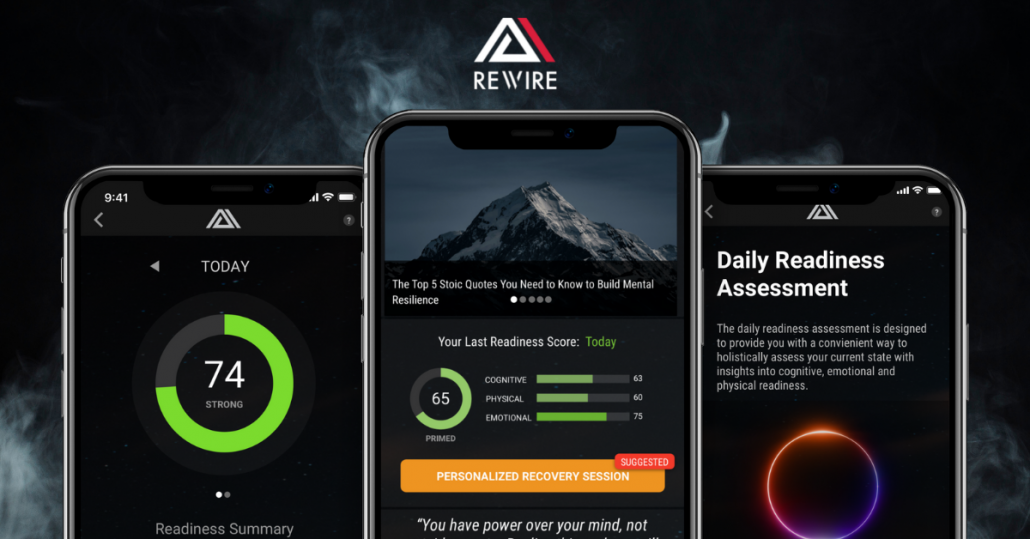How Deep Breathing Can Improve Your Performance
In this blog we explore how deep breathing can influence different pathways both at the physiological and psychological levels, potentially leading to improved athletic performance.
Needless to say, life can be demanding, from both a physical and psychological point of view. While we need stress to grow, and stressing the body (and the following adaptation) is what training is about, our health and performance can be affected by how we are able to effectively cope with stressful situations. Additionally, during key sessions or competitions, psychological stressors and anxiety, or in broader terms, our ability to emotionally self-regulate, can be very important determinants of performance outcomes.
How does deep breathing play a role?
From a physiological point of view, we can consider homeostasis as a starting point to understand the rationale behind using deep breathing for performance enhancement. As the body via the autonomic nervous system (ANS) responds to stressful stimuli in an attempt to maintain a state of balance, we can determine how effective this physiological self-regulation process is, by measuring the ANS. This is something Rewire does by measuring HRV, and in particular parasympathetic activity using an HRV feature called rMSSD. The parasympathetic branch of the ANS is characterized by inhibitory responses and restorative processes, such as lowering heart rate and breathing rate, so that the system can go back to homeostasis after facing a stressor. For these reasons, in the past fifty years, a vast body of research investigated the link between HRV and various mental and physical stressors, showing consistently reductions in parasympathetic activity when facing physical and psychological stressors. Additionally, reduced parasympathetic activity has been associated with various clinical conditions (e.g. depression and anxiety disorders) as well as higher mortality risk.
Here is where deep breathing comes into play. Breathing at low frequencies (or deep breathing) causes large oscillations in the instantaneous heart rate, which synchronize with breathing rate. The influence of breathing on heart rate is called Respiratory Sinus Arrhythmia (RSA) and is mostly modulated by the parasympathetic branch of the ANS. Hence, deep breathing can result in training of the parasympathetic system, which might explain at least part of the positive effects of these techniques in the context of reducing stress and anxiety. For the same reasons, deep breathing could help athletes, with the potential of improving emotional self-regulation, coping mechanisms, and performance. In the Rewire app, following a Mindset Recovery session, if you have connected a Heart Rate Monitor you will see the percentage change in HRV during the deep breathing session, which can help you quantify the increased level of parasympathetic activity due to this specific exercise.
Example of the change in instantaneous heart rate and HRV when deep breathing. We can see how large oscillations take place, with increased heart rate during the inhale, and decreased heart rate during the exhale. Normally, the exhale is when parasympathetic activity has higher influence, and should therefore be at least as long as the inhale.
What Happens When We Face a Stressor?
Upon facing a stressor, the ANS responds via two pathways mainly. First, we have an activation of the sympathetic nervous system which is directly innervating most organs. Secondly, we have hormonal responses through the hypothalamic-pituitary-adrenal (HPA) axis which results in cortisol release. Depending on an individual’s ability to cope with a stressor, these responses can last longer and have a stronger negative effect on an individual’s physiology. As a result, stressors such as negative life events and intense physical training can lead to negative physiological responses such as stress hormone perturbation, immunosuppression, and impaired skeletal muscle repair. All of these aspects can act as mediators for negative outcomes, resulting in reduced health and performance.
While we all experience stress in life, athletes are typically exposed to both “life stressors” and the high intensity and high volume training typical of (elite) sports. Literature has shown how athletes that reported being more stressed had a long-lasting negative response including increased cortisol level for several hours after exercise, with respect to athletes that did not report high levels of life stress. These are key findings as they highlight how many negative stress responses can have implications beyond what we normally think. When using HRV to quantify physiological stress, an association has been reported between the activity of the parasympathetic branch of the ANS and improved emotional self-regulation and performance in mental tasks, further motivating the use of different techniques – such as deep breathing – to improve parasympathetic activity.
Breathe
Given the physiological and psychological factors just discussed, deep breathing becomes an ideal strategy to help us self-regulate and better cope with stressful situations. Techniques such as HRV biofeedback, mindfulness, meditation or other forms of deep breathing, can directly affect ANS activity by stimulating the parasympathetic system. Therefore, deep breathing might directly provide a positive impact on the physiological and psychological factors that mediate health and performance. To allow you to achieve this performance benefit, Rewire integrates a range of deep breathing protocols (including box breathing, pranayama, 4-7-8, 5-10 and more) into its Mindset Recovery system alongside a variety of other recovery protocols like subliminal priming, self-talk, visualization and binaural beats.

To date, the scientific literature on deep breathing has shown positive outcomes on a variety of applications outside of sports, from chronic obstructive pulmonary disease (COPD) to depression, cardiac rehabilitation, and post-traumatic stress disorder (PTSD). Researchers in the field are exploring different pathways that might explain the benefits of deep breathing techniques. In particular, some are suggesting that the high variations in the instantaneous heart rate are due to the baroreflex and that practicing deep breathing could indeed increase baroreflex gain, which might be a causal pathway explaining why hypertensive disorders can also improve using deep breathing techniques. Others have suggested a potential pathway between the baroreflex and neural control, in particular the amygdala, which could explain why improvements are seen in patients with anxiety and depression. Finally, another pathway could involve a strengthening of the parasympathetic nervous system, as shown using electrical vagal stimulation in the context of treating depression.
Psychological and Physiological Outcomes
In elite sport settings, performance is often the outcome of interest. However, in many sports (e.g. in teams settings), performance cannot be unambiguously measured, and is often estimated using different approaches. For example, in many situations, athletic performance is measured during isolated tasks (e.g. sprinting ability), which might have low fidelity with respect to the complexity of an actual game. On the other hand, it follows from the previous considerations that physiological and psychological parameters might be mediating the relation between deep breathing practice and performance.
In particular, psychological measures following deep breathing interventions are probably the most consistent in terms of positive outcomes. In particular, the various studies investigating effects on anxiety (both trait and state) as well as on self-esteem and self-efficacy, often found improvements in most measures. In terms of physiological measures, results are also quite consistent across studies. However, an important caveat here needs to be considered. While there is plenty of data and published literature on the acute effect of deep breathing on HRV (basically the difference between resting conditions and practice), we know much less about long-term effects and the potential impact of these techniques on physiology when sustaining the practice for prolonged time (e.g. several months). These are difficult questions to answer due to the many factors impacting day to day ANS activity, as well as long term changes due to e.g. seasonality. The relationship between acute changes in HRV, baseline changes in HRV, and psychological measures following an intervention therefore requires further investigation.
Wrap Up
Combining insights from biopsychosocial models and basic physiology, we can see how various forms of deep breathing have been proposed as techniques that can help athletes to improve emotional self-regulation and coping mechanisms via a strengthening of homeostasis, with the potential of resulting in better health and performance.
The ability to effectively self-regulate emotions and stress can be beneficial. In particular, apart from the potential for direct improvements in health and performance, other pathways could be positively impacted, from a psychological (e.g. anxiety) and physiological (e.g. hormonal response, strengthening of the parasympathetic system) point of view. Such changes in psychological and physiological factors could then affect other health and performance-related outcomes such as injury risk and recovery.
Based on the available evidence, deep breathing can be considered an effective tool to reduce anxiety as well as acutely improve HRV, and therefore can be considered valuable in the context of emotional self-regulation for athletes.
Tap here to try one of our deep breathing sessions or our Rise Guided Recovery Session.

Join Our Community Today!












